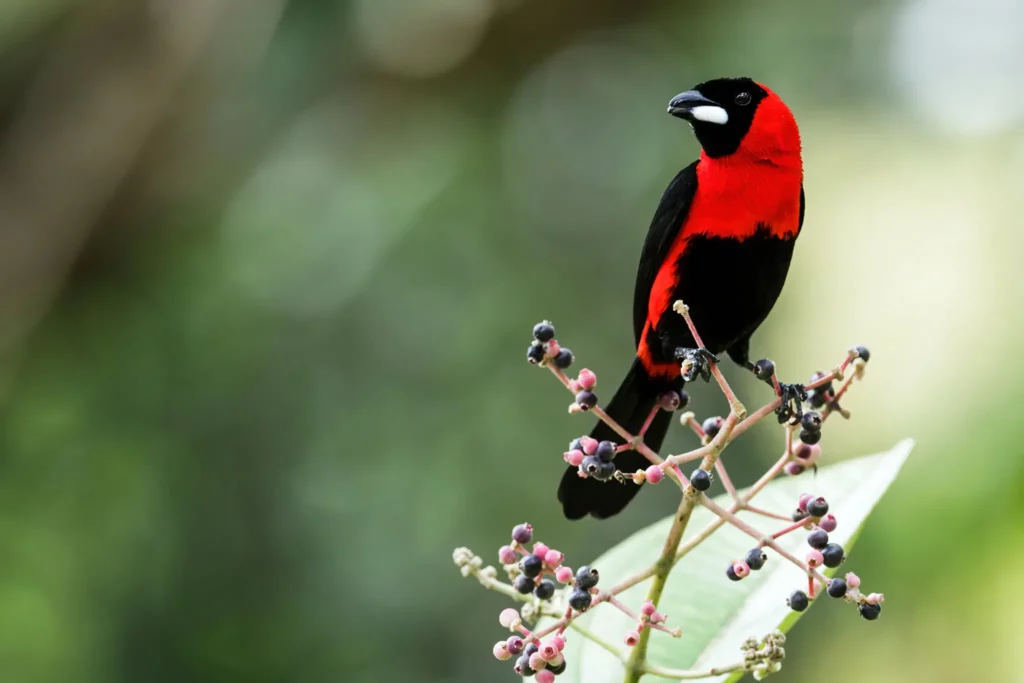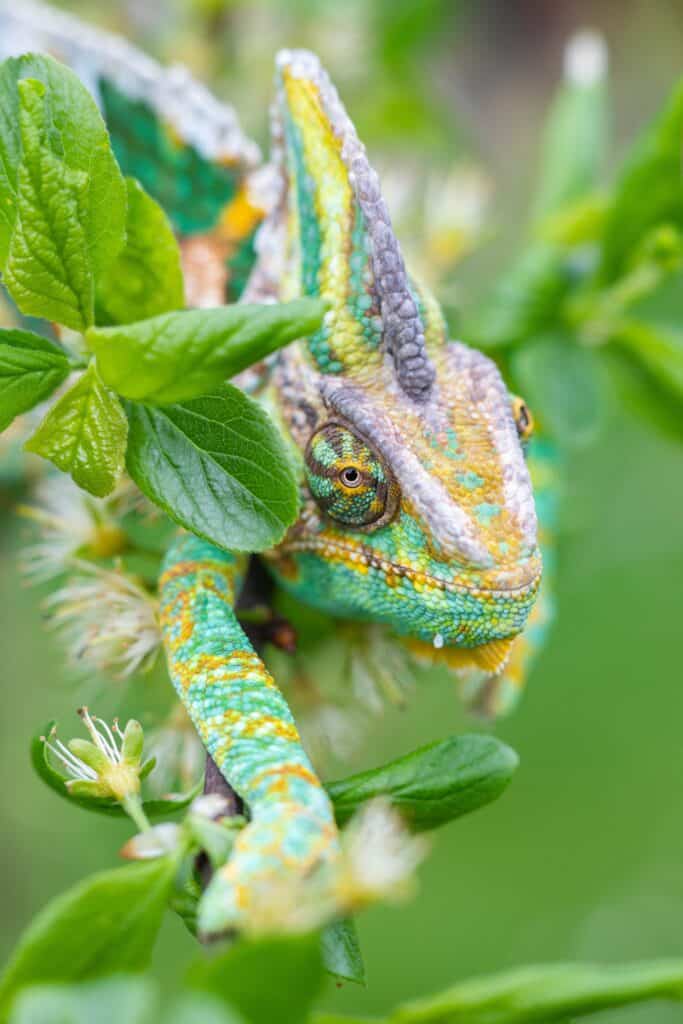Crayons are some of the first writing instruments children are given as they learn about the world around them.
Every basic pack of crayon would have red, green, blue, orange, yellow, purple, and other shades, depending on the collection.
As such, the use of colourful crayons are some of the earliest ways in which children learn about the characteristics of the world, especially when colouring scenes of nature.
But why are there so many colourful living organisms?
Scientific research suggests that two of the main, broad functions of colouration – in flora and fauna – are to protect some organisms from being eaten by prey and help others attract a mate.

How some organisms get their colours
The skin of some organisms may contain pigments which absorb certain wavelengths of light and reflect others to produce a specific colour.
In other organisms, nanostructures can amplify the reflections of certain wavelengths of light to create colours.
Examples of these nanostructures are the iridescent wings of butterflies or the nanocrystals that enable chameleons and octopuses to change their skin colour.

How some animals use their colourful displays
The flamboyant displays of nudibranchs (sea slugs), which live at the bottom of the ocean, are unmissable.
When these slugs eat sponges, tunicates, hydroids, and jellyfish, they ingest the toxic chemicals present in the stinging cells (nematocysts) of these organisms and develop stinging capabilities of their own.
Through a process called aposematism (from the Greek words “apo” for away and “sema” for sign), the bright body colourings of nudibranchs signal to their predators that eating them is dangerous.

While some organisms are genuinely aposematic (have markings to warn predators), others simply pretend they are, which is called Batesian mimicry.
In this mimetic relationship, one organism benefits from looking like another.
In simple terms, these “pretenders” do not actually do the work of producing poison but simply look like they do.
Most fishes found in coral reefs are Batesian mimics.
Some examples include:
- The pinnate batfish (Platax pinnatus) which is brightly coloured like a flatworm and even swims like a flatworm by undulating its fins like they do. The general “distaste” for sea slugs is one reason for this mimicry.
- The bridled burrfish (Chilomycterus antennatus) mimics the looks of the spotted sea hare (Aplysia dactylomela) during its larval stages which enables them to have a greater chance of survival to grow onto maturity. Both of these are found in the beds of turtle grass (Thalassia testudinum).
- Fang blennies (Meiacanthus spp.) and the Minmic blennies (Ecsenius graviera)

But mimicry is not the only survival technique that explains the colouration of organisms.
Another such technique is called countershading or Thayer’s Law.
Usually, the top of an animal’s body is darker compared with the underside of it, with some notable exceptions such as the Luna caterpillar (Actias luna) where the reverse is true.
In the wild, countershading is an important form of camouflage.
An example of countershading can be observed when viewing a shark from above.
Looking at a dark ocean, the shark’s dark grey skin would blend in more easily with the water’s colour scheme.
The reverse is true when looking at a shark from below water as its white under belly would offer a better degree of camouflage against the light from above.
This type of camouflage helps predators to be undetected when hunting for prey.
It is also true for prey who are trying to blend in to their background to avoid predators.

The yellows, blues, greens, and all other colours that exist in nature’s diverse palette do not simply exist for our viewing pleasure but they are essential to the survival of nature.
Of course, the colours are greatly appreciated and this is probably one of the reasons why it is recommended to take a walk-in nature to improve your mood and your mental health.
But the next time you glance out of your window and marvel at the vibrancy of a saffron finch (Sicalis flaveola), or take a swim in the ocean and interact with a nudibranch, keep in mind that there is more to those colours than simple aesthetics.





